It’s always nice to receive recognition and this year our work for nature with the Betchworth Community, was recognised by Surrey Wildlife Trust. The Trust’s Community Engagement Officer, Claire Harris, saw how we are trying to work with our community to help nature. As a result, we were invited to contribute to a SWT workshop for nature activists working in their communities. They also made a video to showcase our work and to cap it all, we were shortlisted for one of the Trust’s new Community Champion Awards.
The Oscar styled Award’s Ceremony, held on August 3rd and was attended by over 80 SWT staff and community activists across Surrey. It’s purpose was to showcase community projects, and enable people to connect with other like-minded local groups who are trying to help nature and wildlife in Surrey. Here I am with two of my team mates.
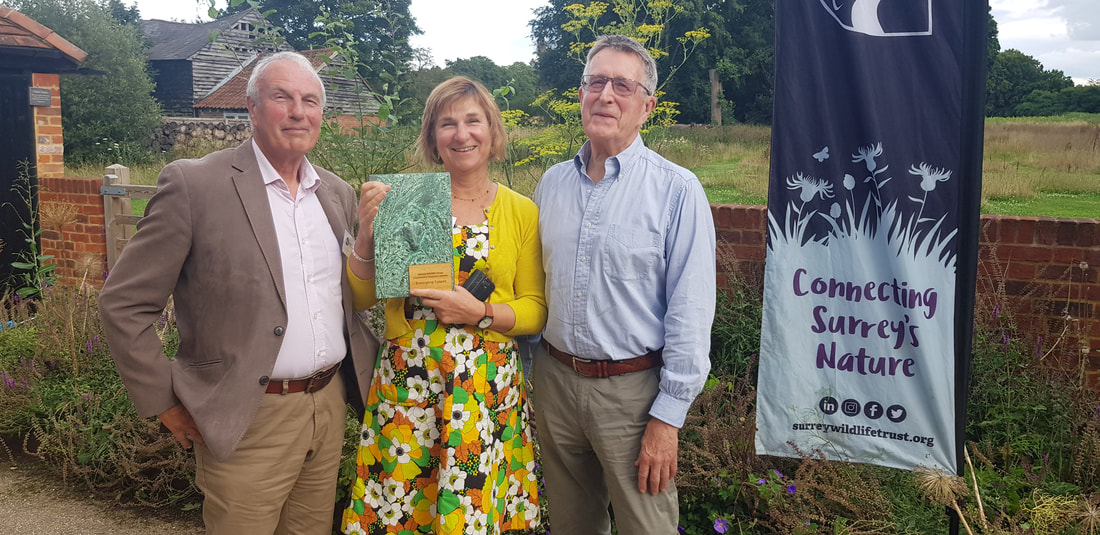
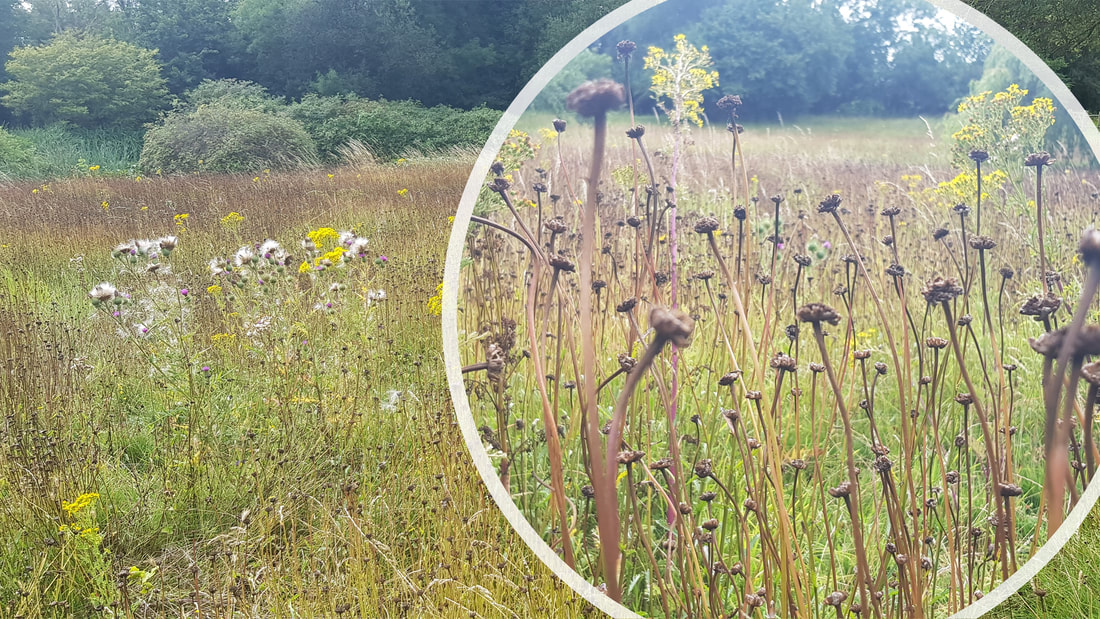

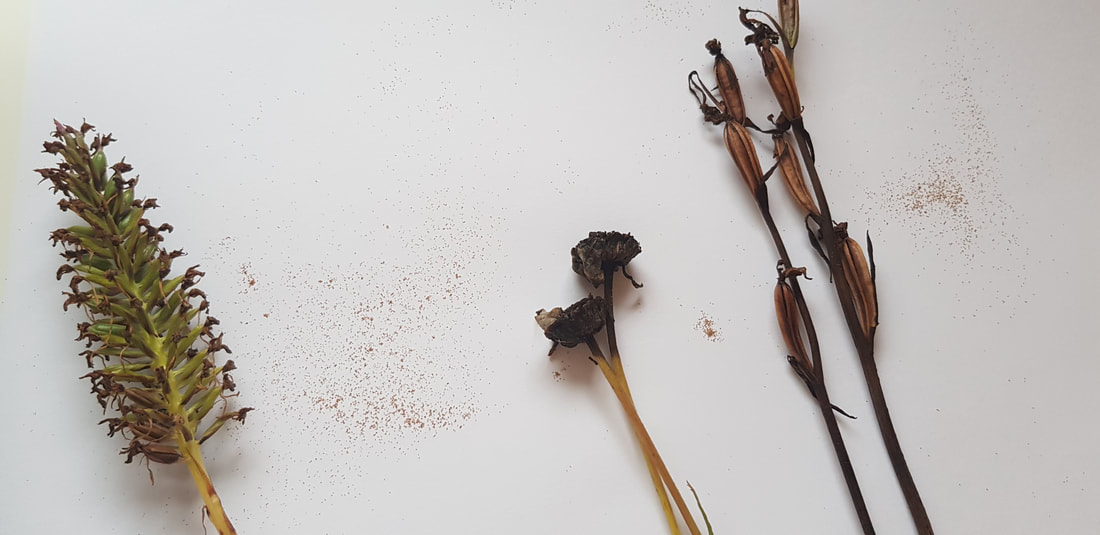

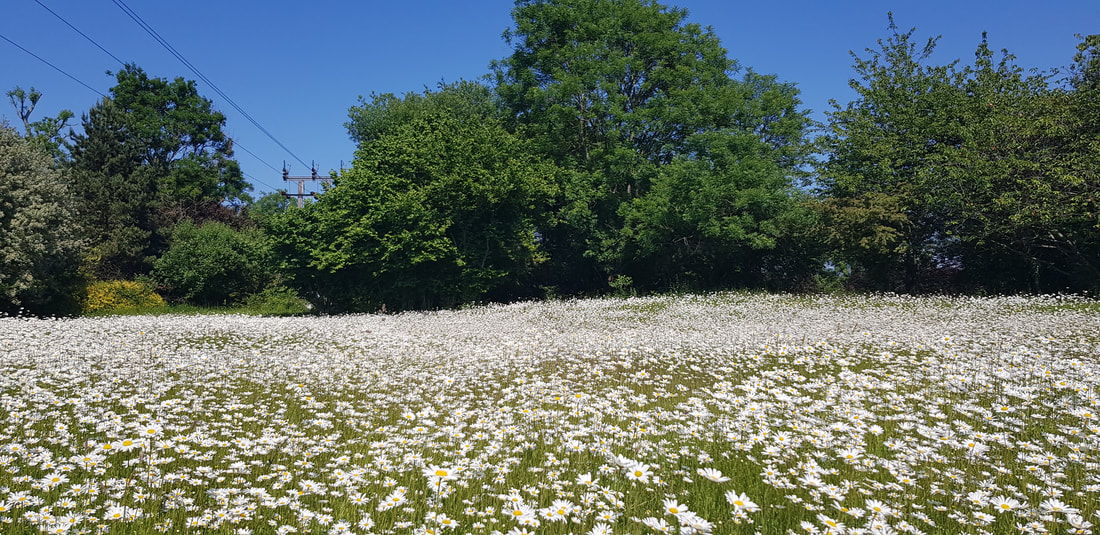
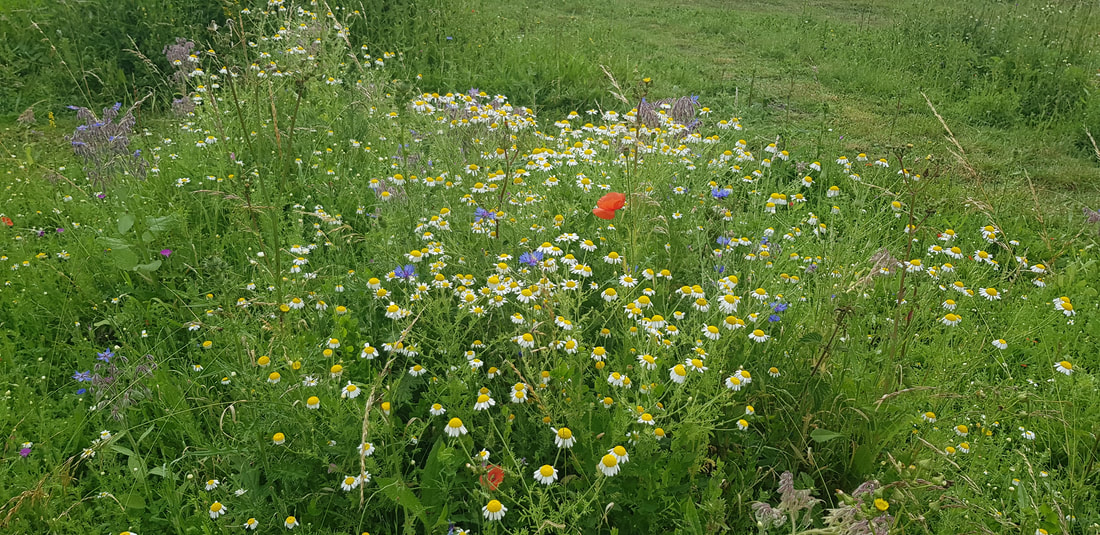
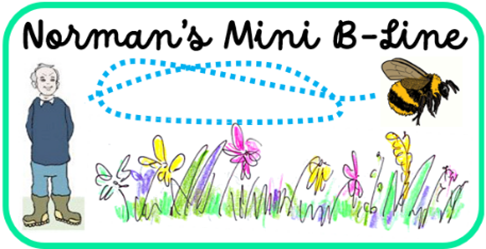


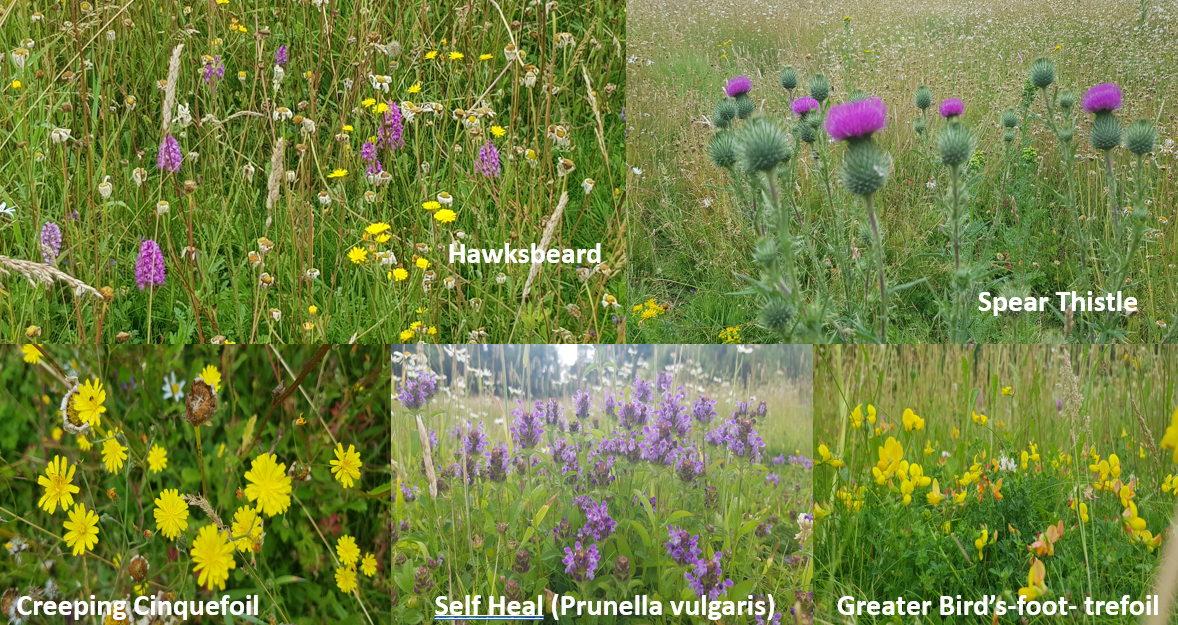
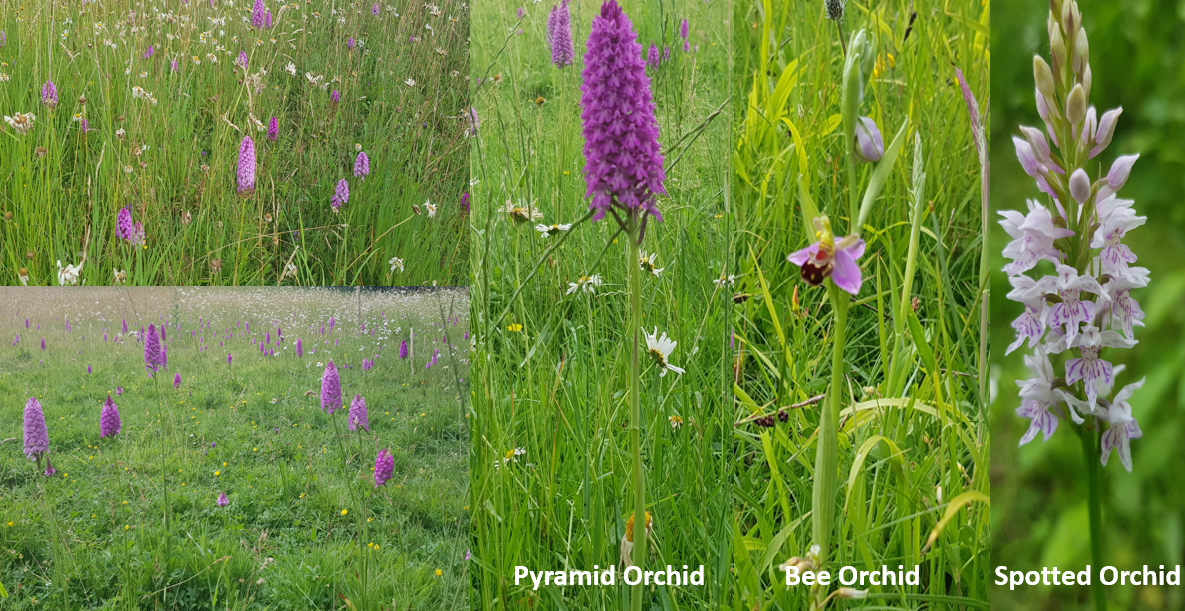

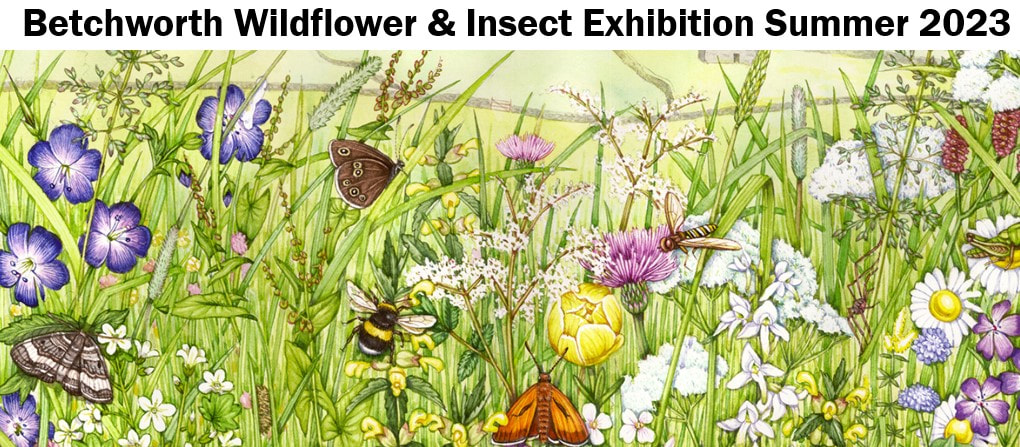
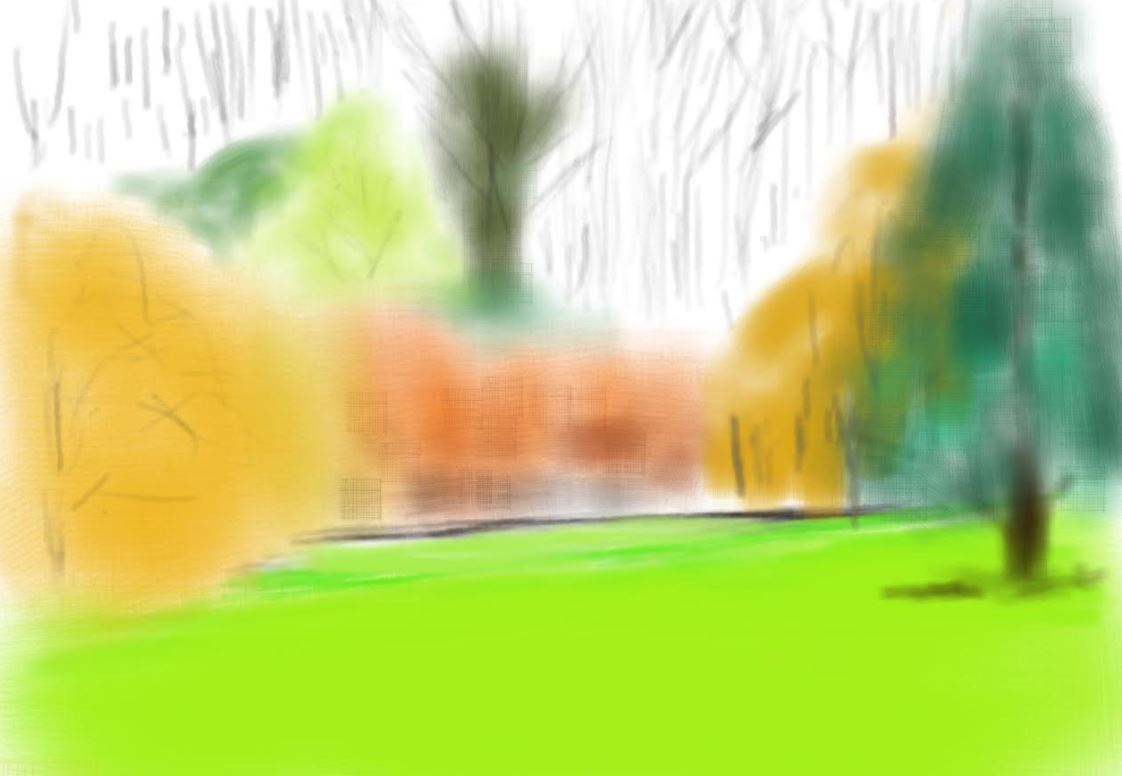
 RSS Feed
RSS Feed